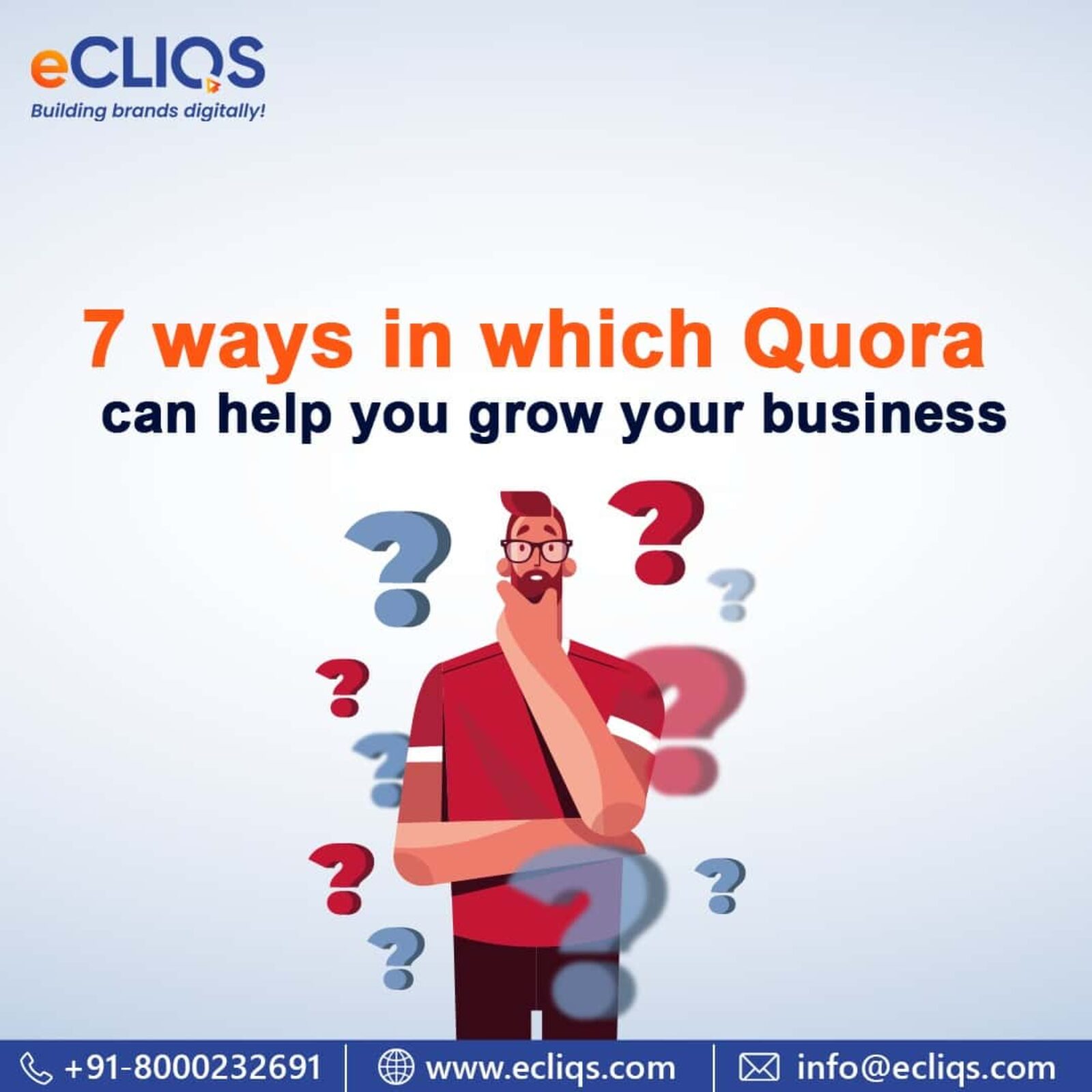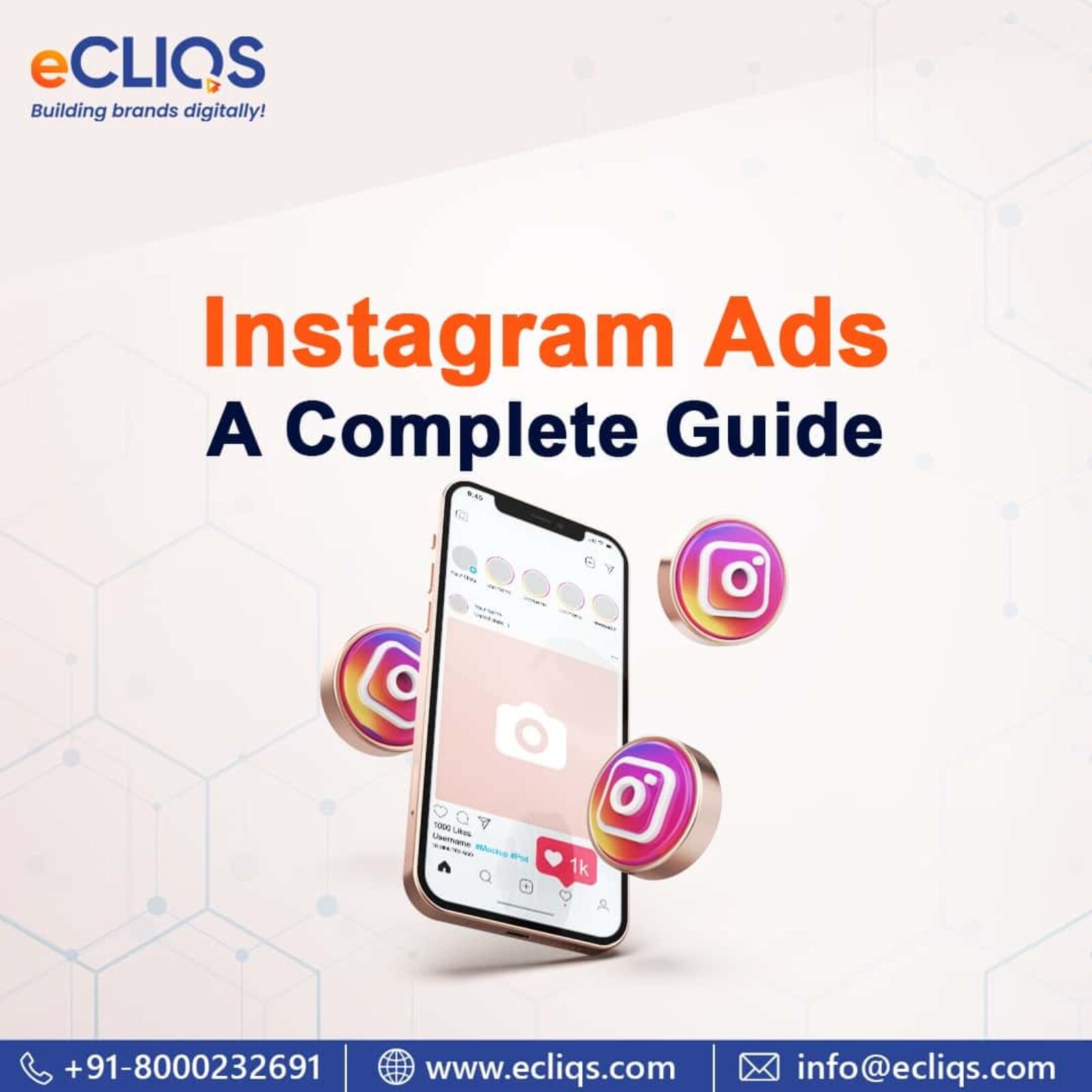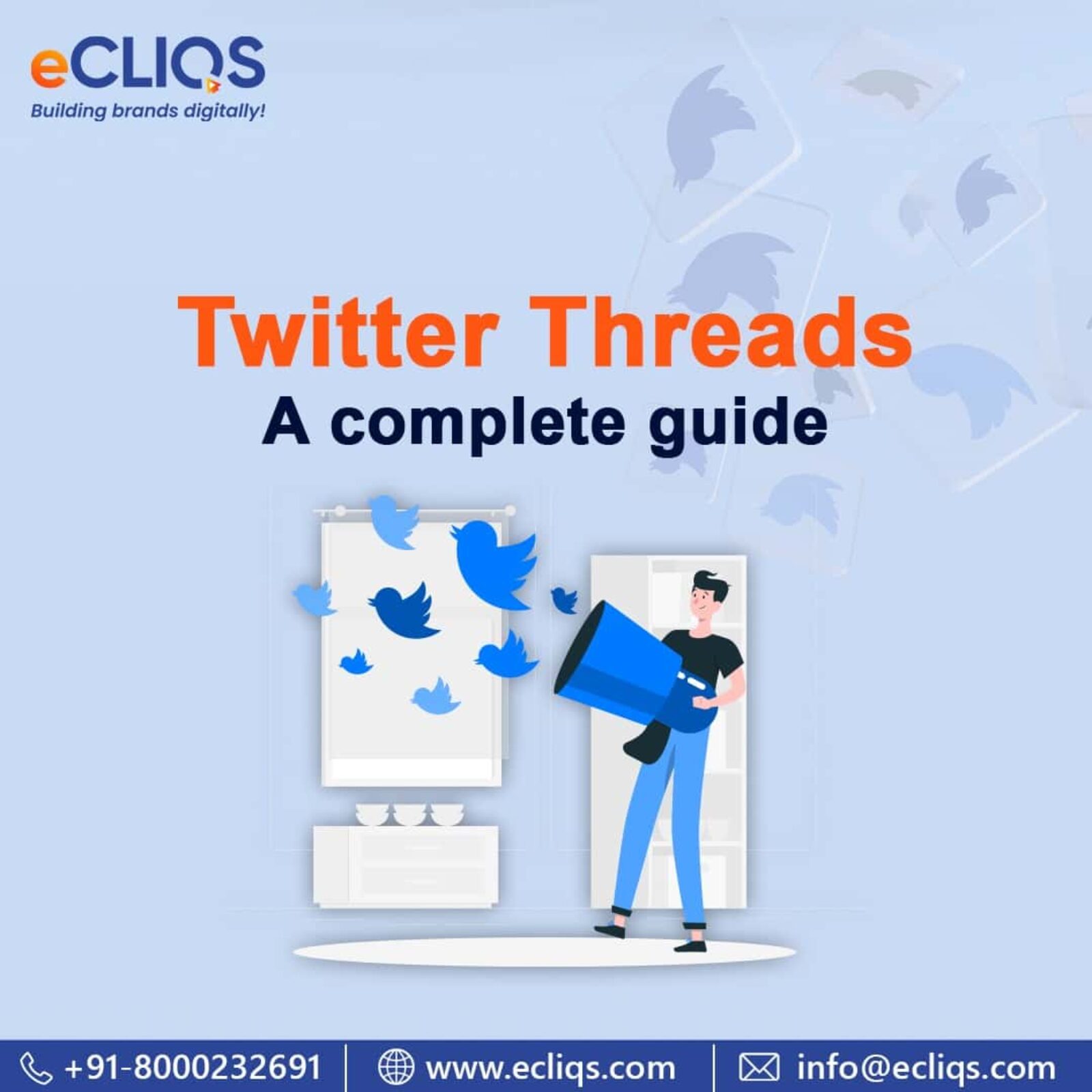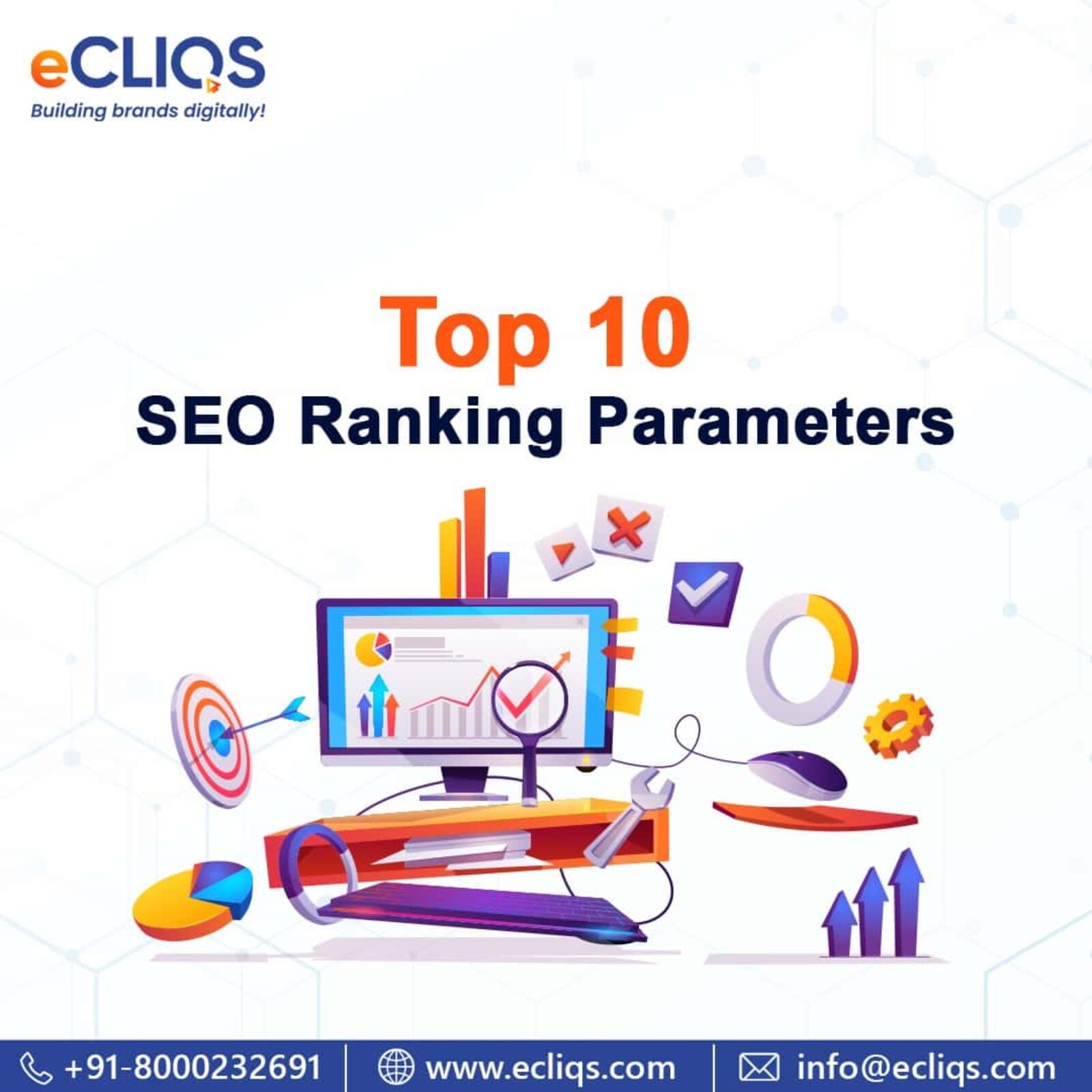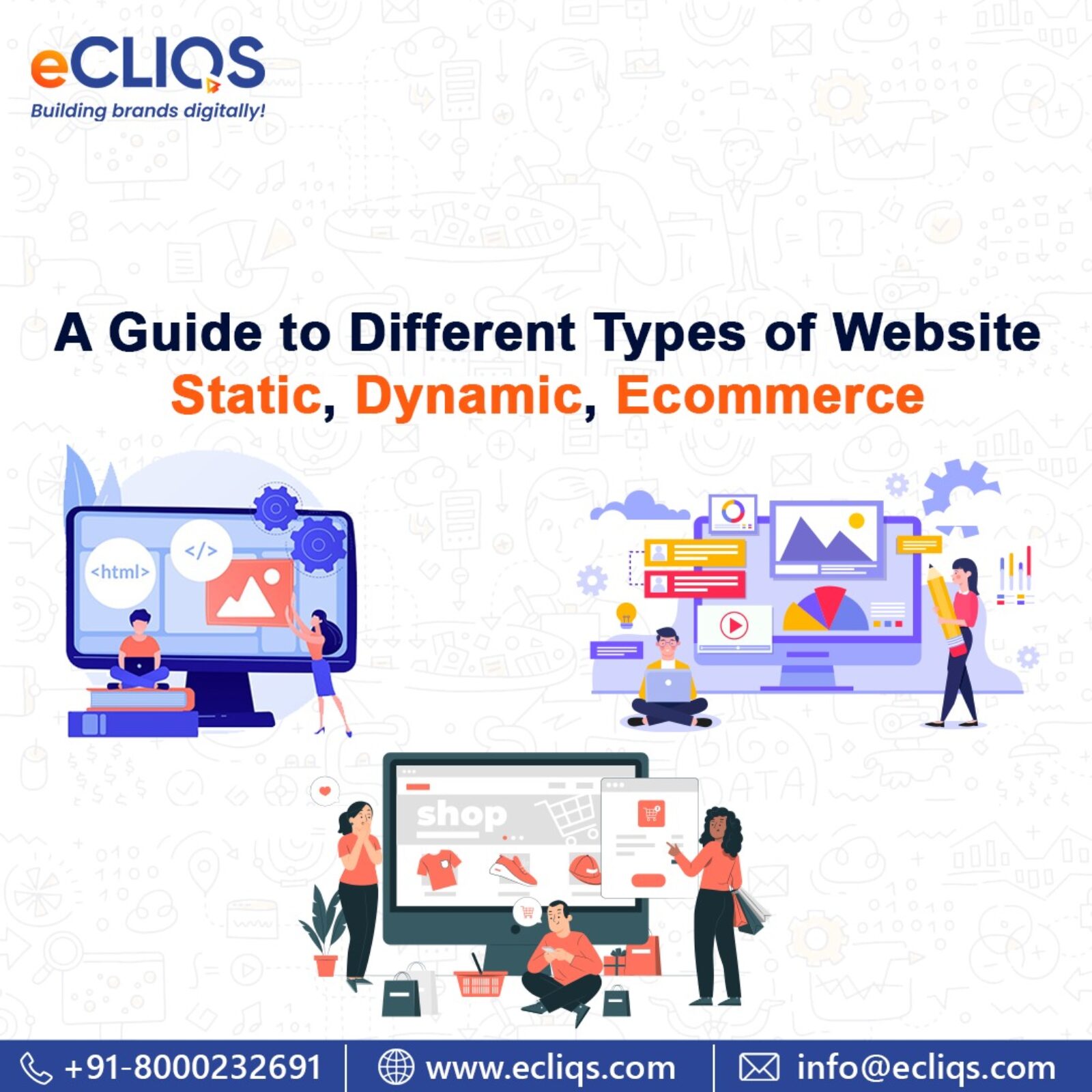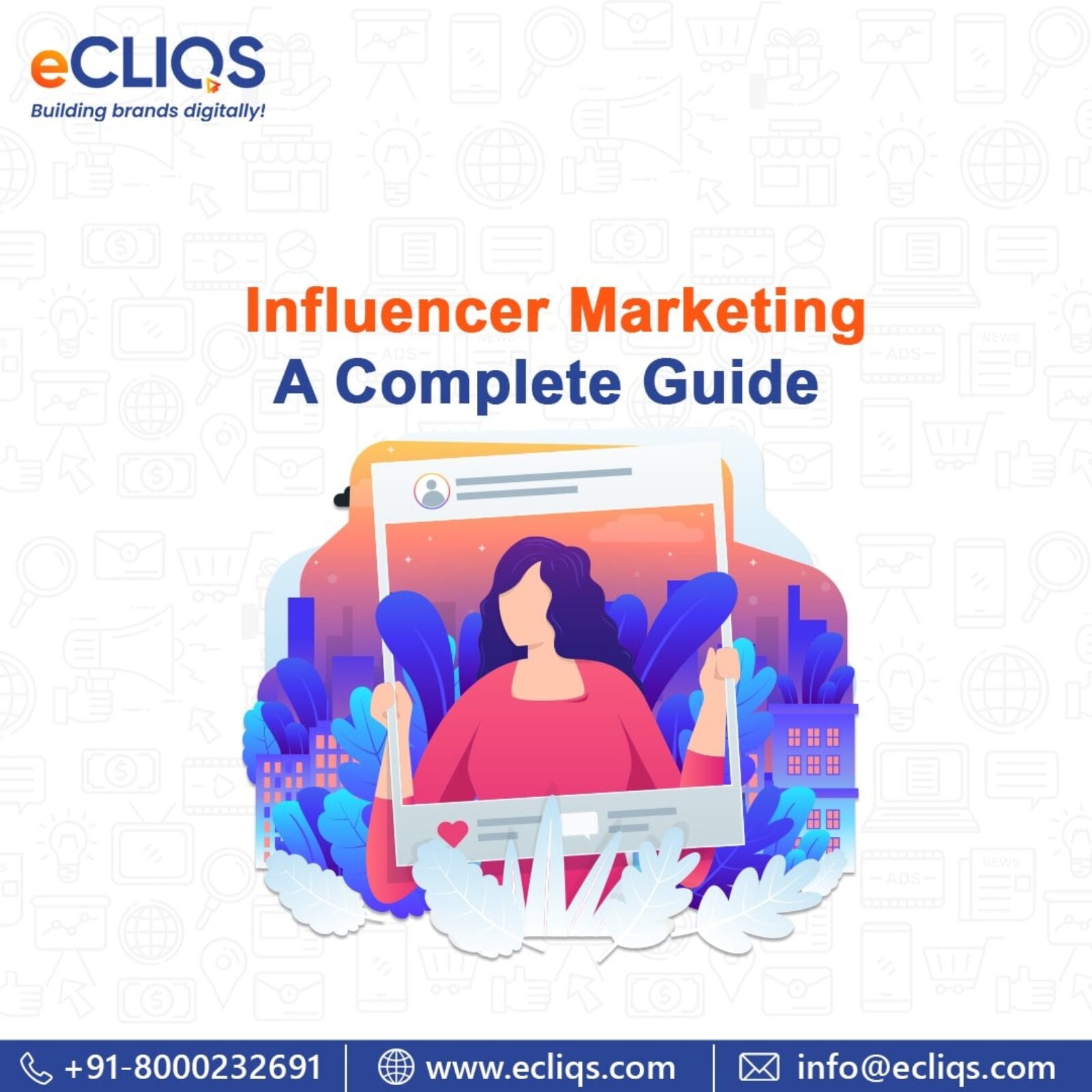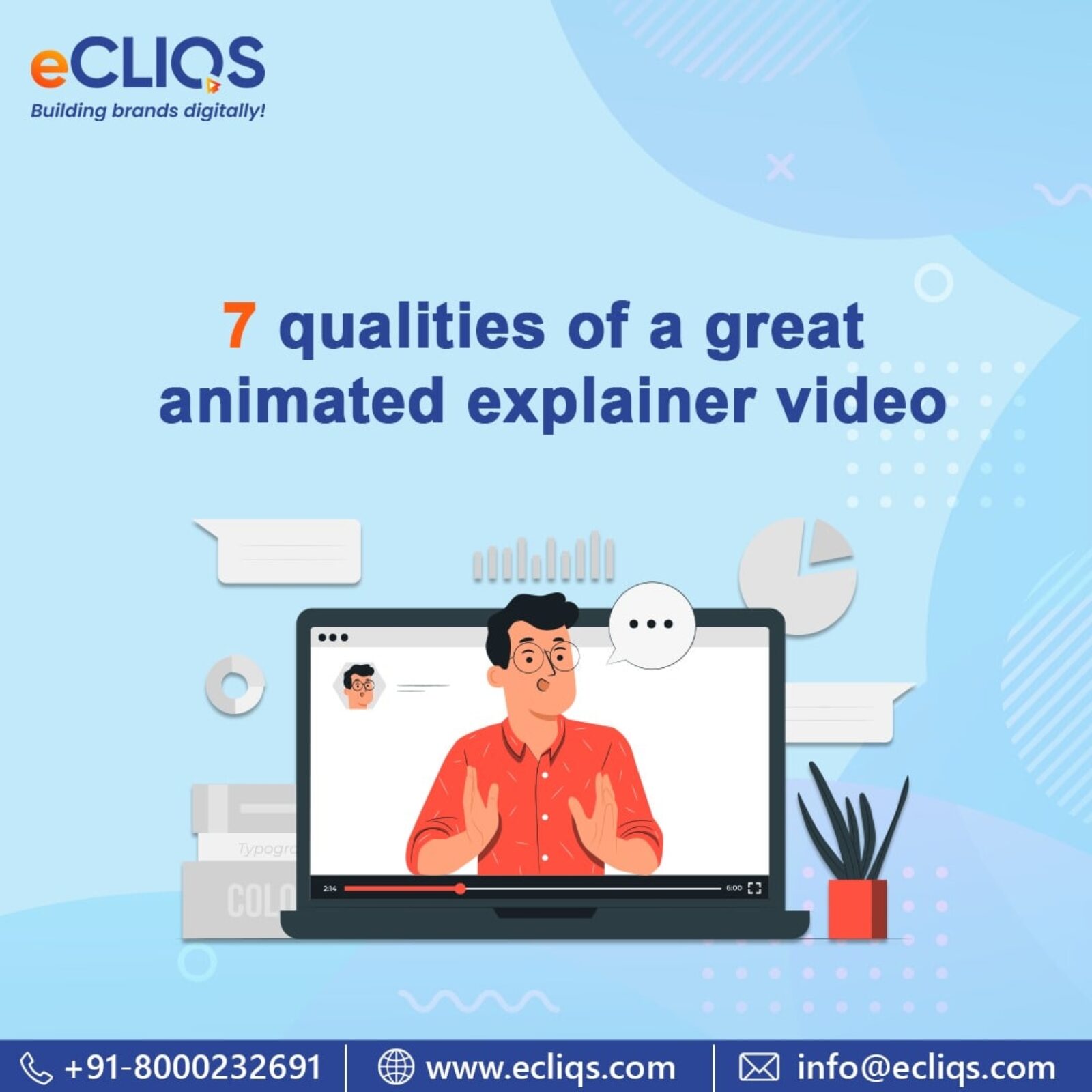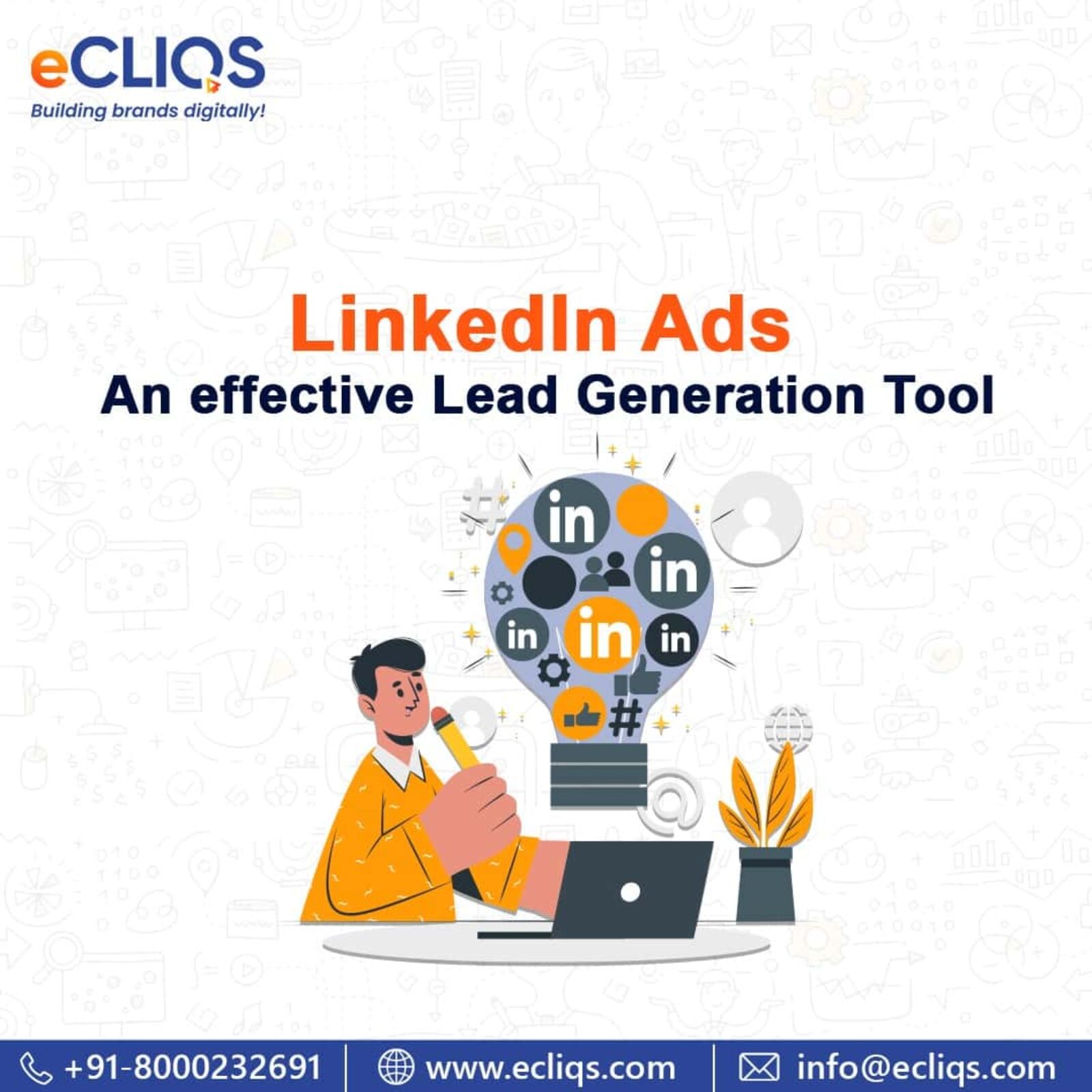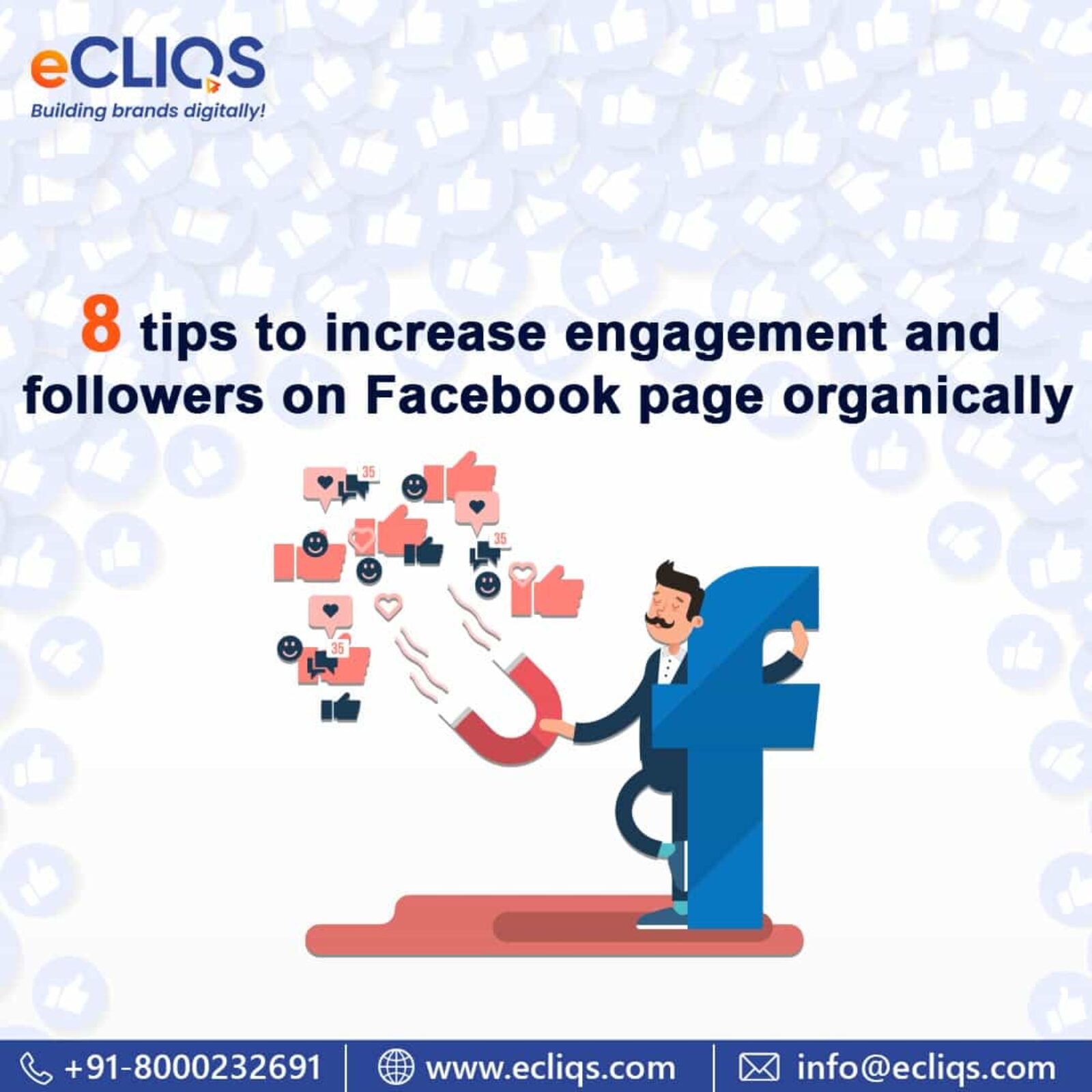7 Ways in Which Quora Can Help You Grow Your Business
Just like your product, content marketing is all about addressing your customers’ issues via the material you generate and promote. So, when faced with a challenge, what is the first thing that many individuals do?Google it, of course.For some time now, Quora has...
6 Differences Between 2D And 3D Animated Video
An animated explainer video requires you to be familiar with a wide range of styles and techniques. When contacting an animation business, the first question they may ask you is whether you prefer 2D or 3D animation. In the video production process, the flow will be defined...
A Complete Guide to Instagram Ads
Regardless of the size of a business, Instagram provides a wealth of options to connect with customers. However, as more businesses join Instagram, it will be more difficult to stand out in the crowd.With Instagram, it’s easy to connect with people who share your...
COMPLETE GUIDE TO TWITTER THREADS
Twitter should be a component of your marketing plan due to its large user base of over 145 million active users each day(source: hootsuite). For businesses, it’s a gold mine of consumer information and possibilities to establish a brand, boost sales, and attract...
Top 10 SEO Ranking Parameters
SEO criteria are always evolving, and it may be difficult to stay on top of the most recent advances. However, if you want to see your Google rankings rise from the bottom of the list to the top of the list, you must be informed.Sites that are well-optimized attract an...
A Guide to Different Types of Website – Static, Dynamic, Ecommerce
With over 1.7 billion websites present, providing different styles, formats, and functions, choosing the right website for your business becomes a little confusing.As a business owner, you need to be aware of all the different kinds of present websites. Analysing what the...
Influencer marketing – A Complete Guide
According to The shelf, 92% of customers go with the recommendation from other people. Consumers trust recommendation over promotional content that comes directly from companies. In the recent years, we all have seen how the use of social media has increased. Popular...
7 Qualities of a Great Explainer Video
With growing digitization, the consumption of video content has increased tremendously. People prefer watching videos over reading. That’s the reason why most brands have started introducing video content in their marketing campaigns. Animated videos can often serve as...
LinkedIn Ads – An effective Lead Generation Tool
For professionals and companies, LinkedIn has evolved as the biggest lead generation platform. With 810 million members (source: LinkedIn), LinkedIn is a platform where people invest time, unlike other platforms where people are just passing time. With such a large user base,...
8 Tips to Increase Engagement and Followers on Facebook Page Organically
Engagement on Facebook has dropped by 20% since the beginning of 2017, as reported by BuzzSumo. Despite being the most popular Social media platform, this downfall can surely give sleepless nights to any social media marketer. To tackle this constant decline in engagement and...

